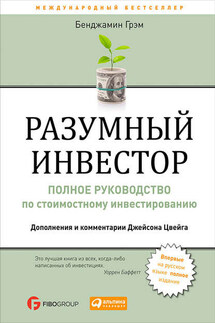Psychoeconomics: globalization, markets, crisis - страница 4
2.2. Causes of the crisis today: analogies in the past
The wavelike change in people’s psychotypes and the economically active population is superimposed on the wavelike change in the quality of the elite. In countries that are developing under the influence of endogenous factors, that is, that depend on the influence of neighboring countries and external factors to a lesser degree than others, the quality of the elite changes radically in the span of three generations. Studies by F. Braudel and other scholars show that it has happened like this for millennia.
The psychotypes of the elite and economically active population are multifaceted. Let’s take just one facet: the relationship between “domain experts” and “social motivators”. People think with metaprograms.
The “social motivator” is oriented toward the opinion of other people, while the “domain expert”, when making a decision, is oriented toward technological processes, which he tries to manage.
The “social motivator” is oriented toward the opinion of other people, while the “domain expert”, when making a decision, is oriented toward technological processes, which he tries to manage.
The role and significance of domain experts and social motivators has fluctuated throughout history.
In this respect there is the study by Y.A. Van Houtte, which finds a pendular movement of industry between cities, towns and villages throughout the Netherlands from the Middle Ages to the eighteenth century. Initially, industry in the Netherlands was scattered through the villages. In the thirteenth and fourteenth centuries, industry began to migrate to the cities. After the long depression of 1350–1450, villages were again deluged with tradesmen. Guilds no longer satisfied them, and labor costs became more expensive in the city. But in the workshops it was primarily the “social motivators” who occupied the leading position in their management – people who were able to unify others and force them to make cooperative sacrifices for common goals.
In the sixteenth century, according to Van Houtte, cities again became attractive for Dutch tradesmen, while in the seventeenth century, the village again attracted the tradesmen. Van Houtte explains this migration in terms of the level of taxation. ¬But taxes are more often imposed by “social motivators” and not by “domain experts”.
This is generally true for any unorganized backgrounds and associations of people. Real democracy is replaced in time by the management by “social motivators”. Eventually this management leads to oppression of “domain experts”, and then, to conflict with them. Without a certain number of “domain experts,” the “social motivators” have nothing to do, no one to exploit, and thus they need to create the conditions that would attract “domain experts” to them again.
On the whole, this oscillating interaction of “social motivators” and “domain experts” has enabled a more tempestuous development of society. This much is clear: this is how compromising conditions of coexistence, an optimal social and economic structure of society, are more quickly worked out between “domain experts” and “social motivators”. In the Netherlands, this oscillating movement of the tradesmen generally enabled growth of labor productivity and the development of industrial relations. This correlates with Holland’s intensive development in those years.









